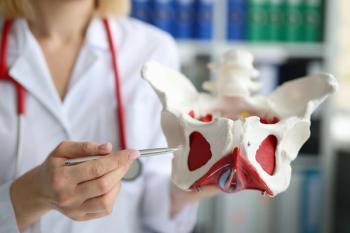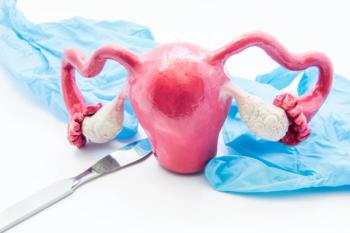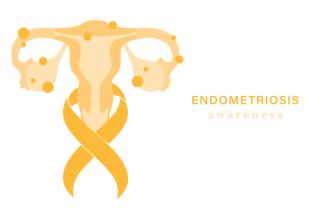
Surgery
Latest News
Latest Videos

Shorts
Podcasts
CME Content
More News

A new study shows surgeons are more likely to adopt opportunistic salpingectomy for sterilization when their peers already use the procedure.

A study found that recommended treatment significantly increases survival rates in women aged 65 years and older with early-stage cervical cancer.

A trial shows all surgical approaches for vaginal vault prolapse enhance body image and sexual health in women.

A study found that hysteropexy patients faced a greater long-term risk of surgical retreatment compared with hysterectomy.

A study found that women receiving hysterectomy, especially with bilateral oophorectomy, face a significant increase in stroke risk.

A new meta-analysis found no significant difference in wound complications between metal staples and subcuticular sutures for post-cesarean skin closure in obese patients.

A new randomized trial shows Er:YAG laser therapy offers no significant benefit over sham treatment for managing female stress urinary incontinence at 6 months.

A comparison of 4 ultrasound-based algorithms demonstrated strong performance, with nuanced implications for clinical practice, according to a new study presented at the 2025 ACOG ACSM.

A new study finds that uterine-preserving procedures result in fewer complications, faster recovery, and lower recurrence rates compared to hysterectomy in pelvic organ prolapse treatment.

Review some of the top stories from the Contemporary OB/GYN website over the last week, and catch up on anything you may have missed.

A new study reveals that robotic-assisted laparoscopy surgery offers a slight overall survival advantage over conventional laparoscopy surgery for endometrial cancer patients.

A new study highlights how clitoral size, position, and shape may influence sexual function following transvaginal surgery for pelvic organ prolapse.

Review some of the top stories from the Contemporary OB/GYN website over the last week, and catch up on anything you may have missed.

A recent study highlights that leiomyoma recurrence and reintervention are common, with laparoscopic and abdominal myomectomy showing similar risks.

A recent study highlights the growing adoption of less invasive and organ-preserving techniques in gynecologic oncology, with promising implications for patient care.

Review some of the top stories from the Contemporary OB/GYN website over the last week, and catch up on anything you may have missed.

A new predictive model, proven reliable and highly accurate, helps identify high-risk patients for postoperative nausea and vomiting, improving outcomes after gynecologic laparoscopic procedures.

A recent study highlights that preoperative anemia significantly increases health care costs and adverse outcomes for patients undergoing elective hysterectomy and myomectomy.

Investigators review medical, surgical, and radiologic methods to manage abnormal uterine bleeding caused by fibroids, highlighting the need for personalized treatment strategies to improve quality of life.

A phase 3 trial found simple hysterectomy is noninferior to radical hysterectomy in preventing pelvic recurrence within 3 years while reducing urologic complications in low-risk, early-stage cervical cancer patients.

A comprehensive analysis shows the benefits of thromboprophylaxis often outweigh the bleeding risks during gynecologic cancer procedures, though patient-specific risk factors are crucial for decision-making.

In a recent study, increased rates of spinal hypotension were observed among women receiving a higher plain ropivacaine dose during cesarean section.

A meta analysis highlights how kinesiotherapy post-breast cancer surgery may significantly improve patient quality of life.

In a recent study, similar postoperative outcomes were reported in patients receiving anterior vaginal wall repair vs paravaginal repair for laparoscopic pelvic organ prolapse, including similar success rates.

In a recent study, researchers recommended minimally invasive procedures vs hysterectomy for improved patient outcomes when treating uterine fibroids.























